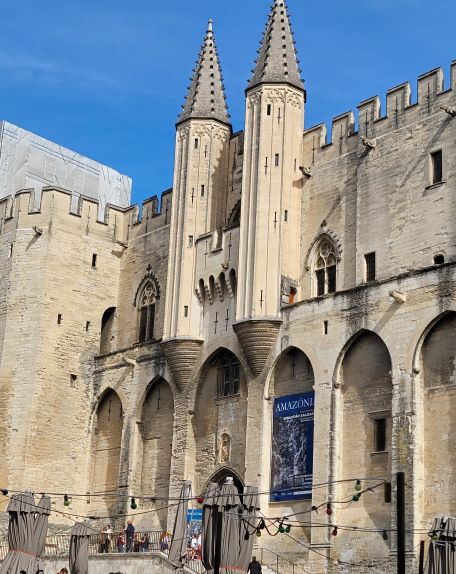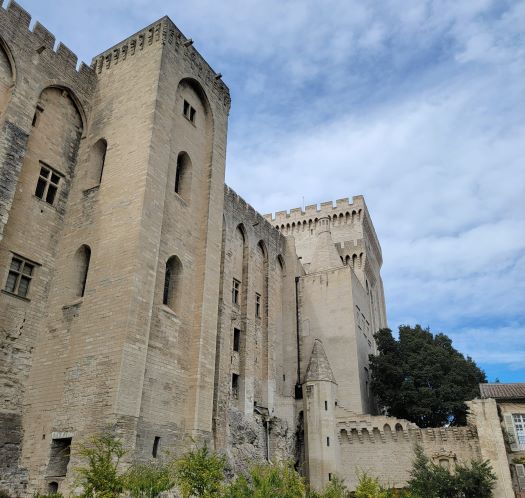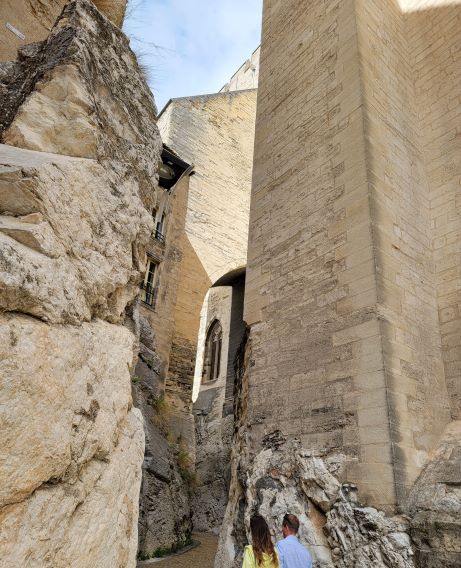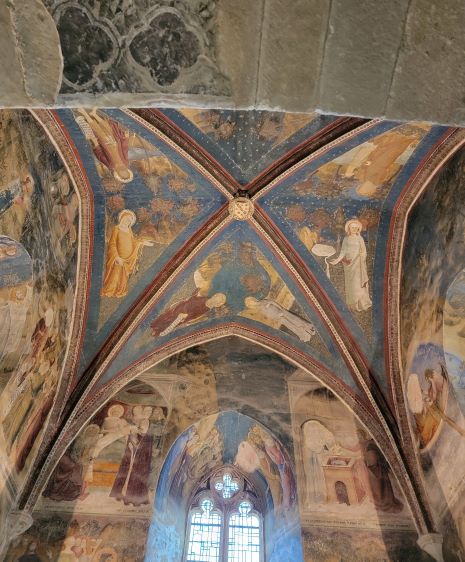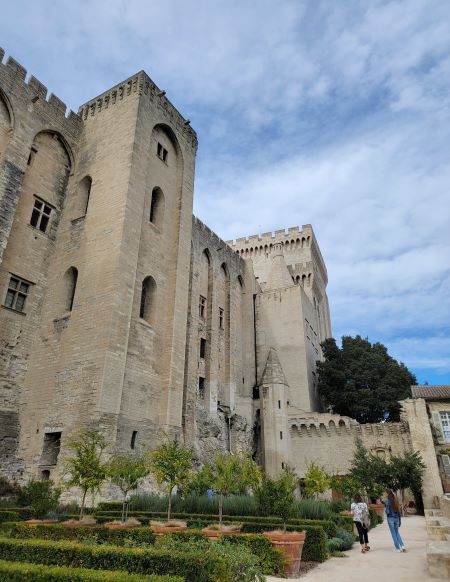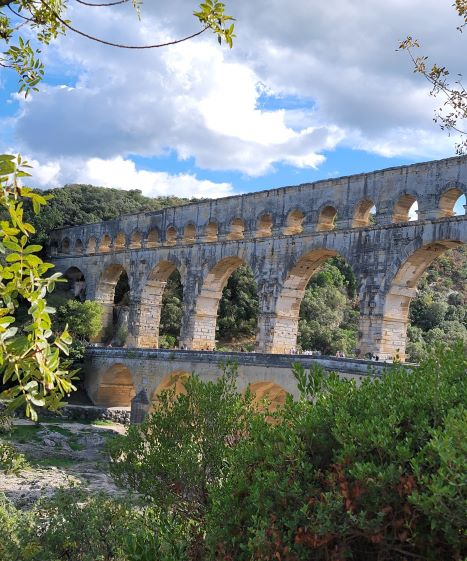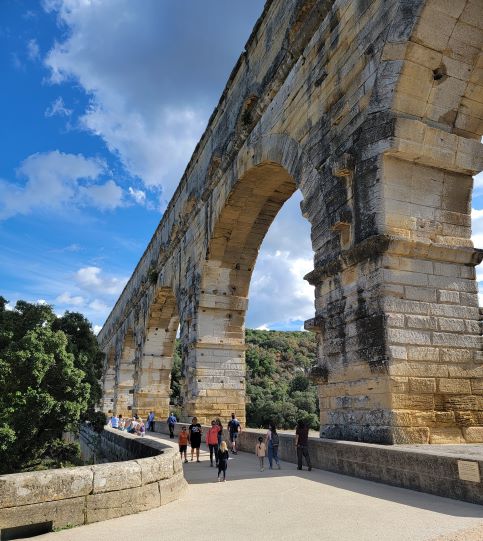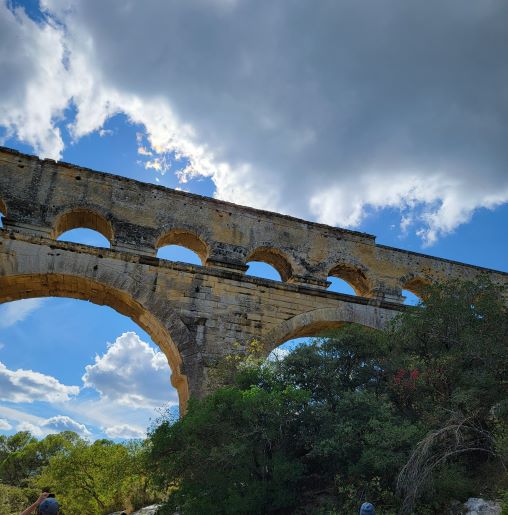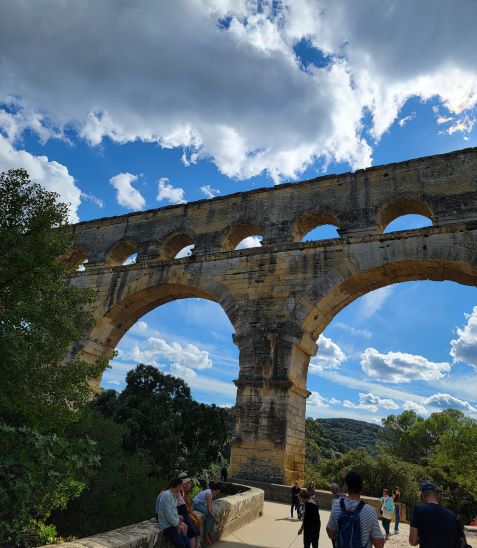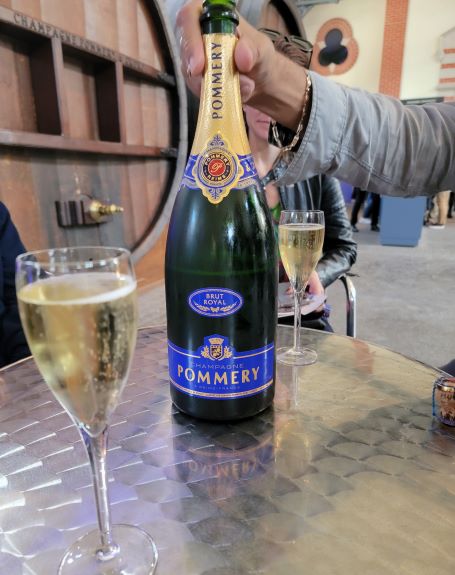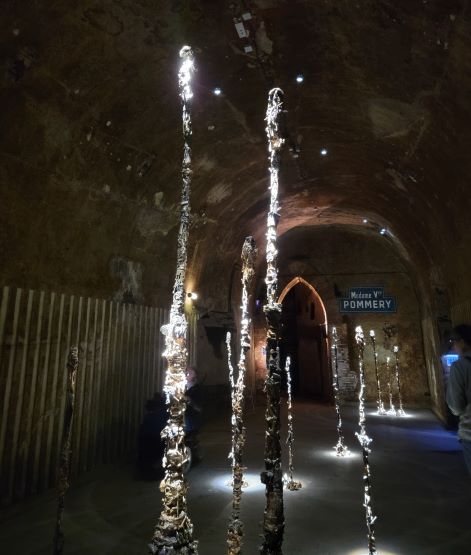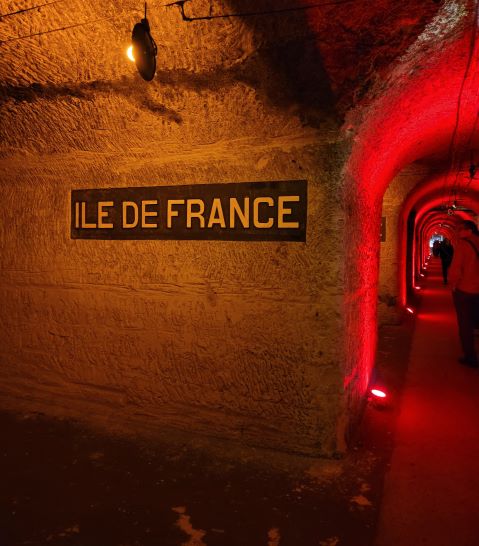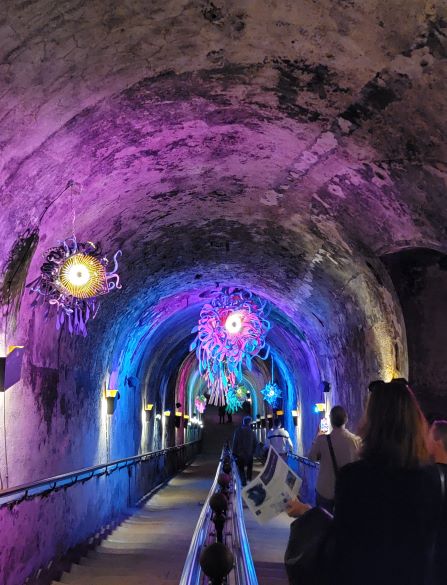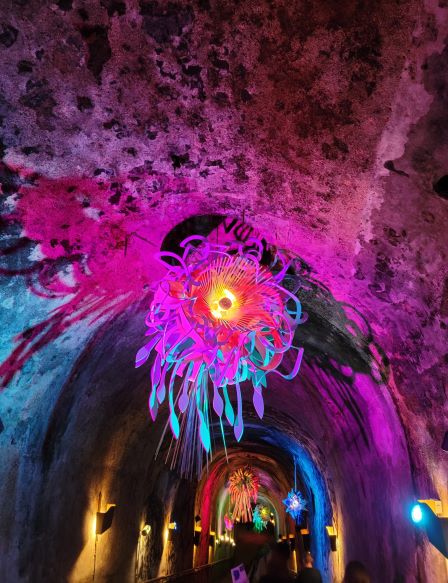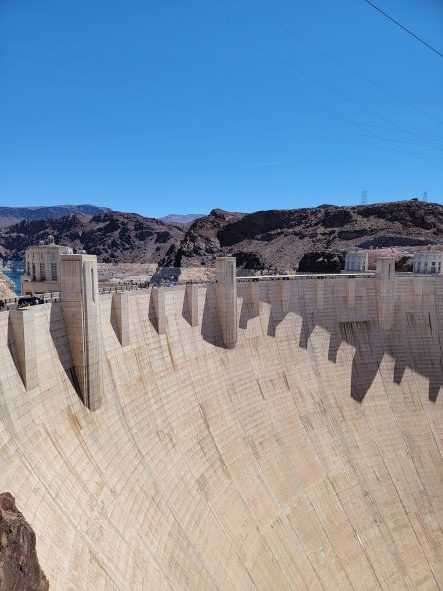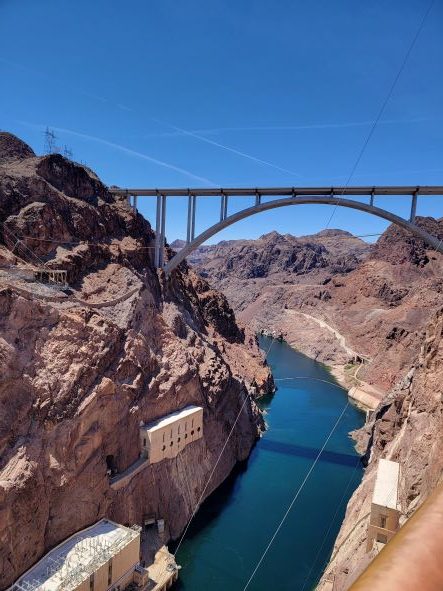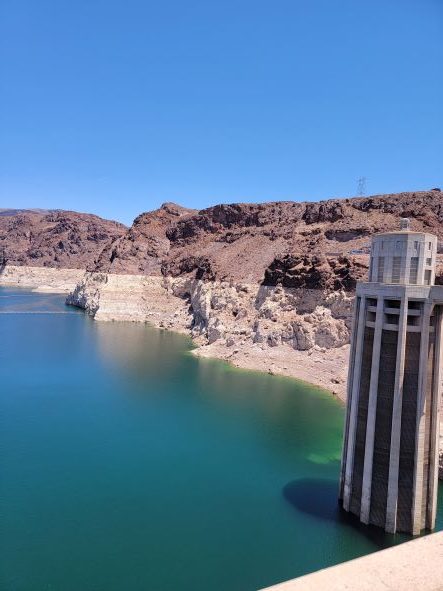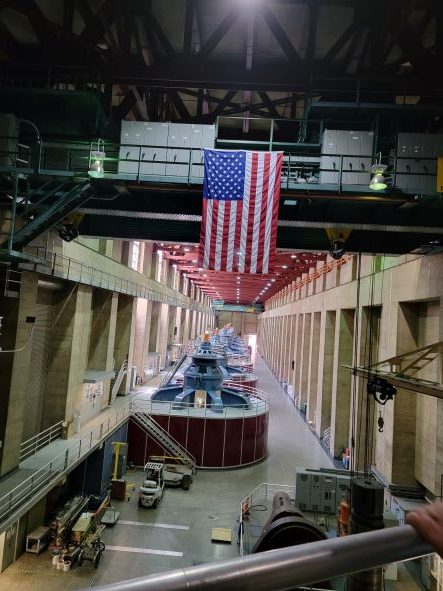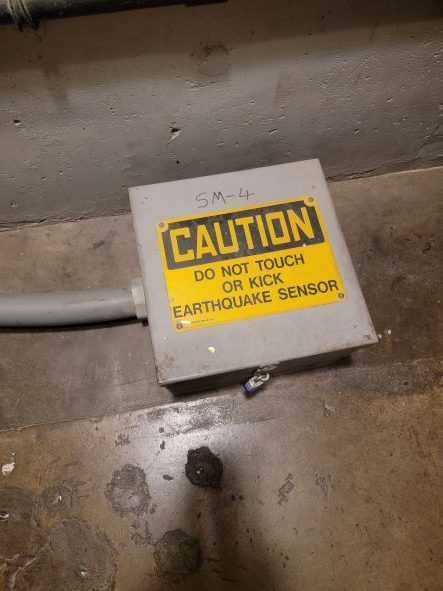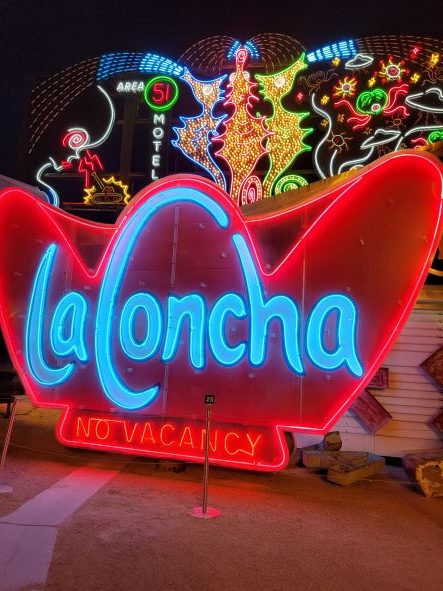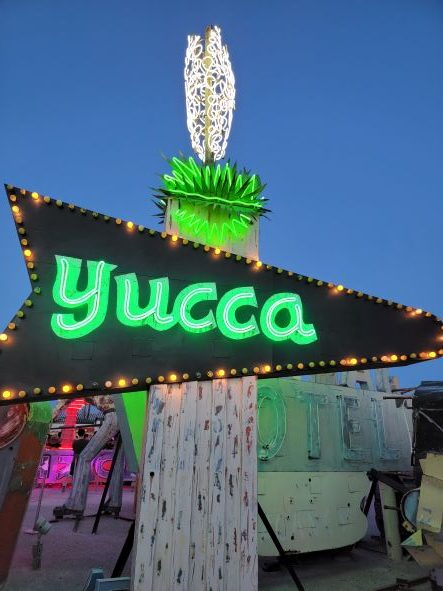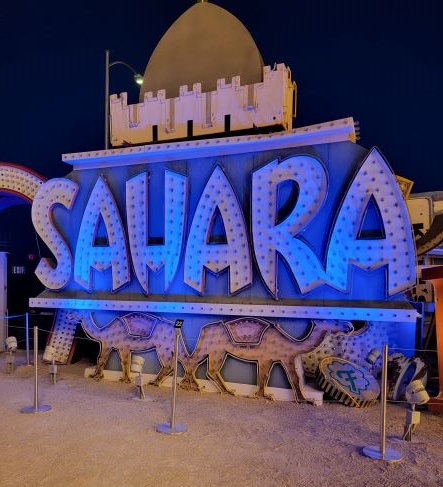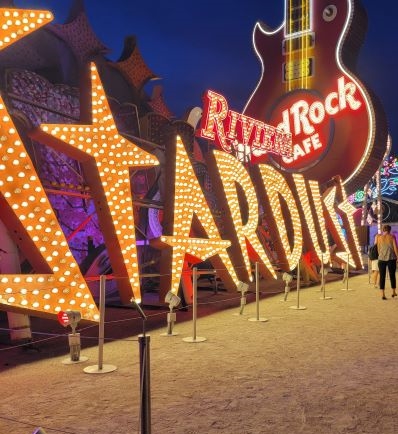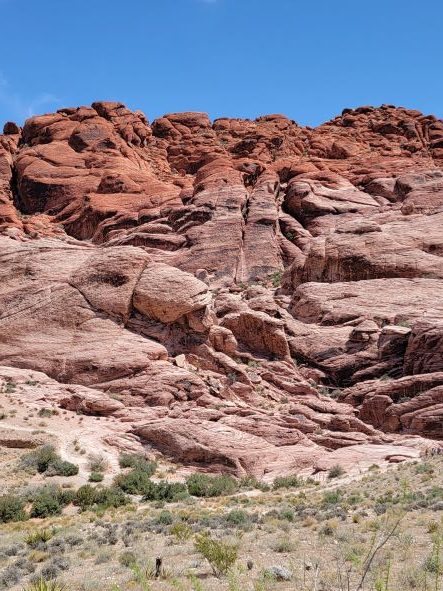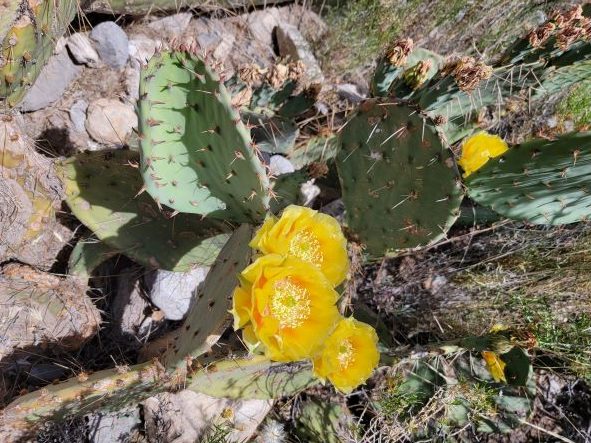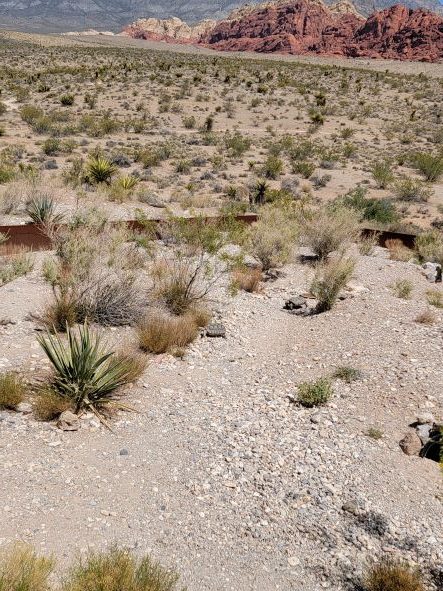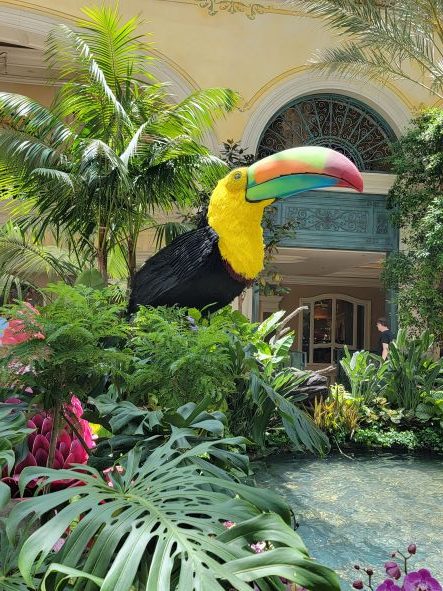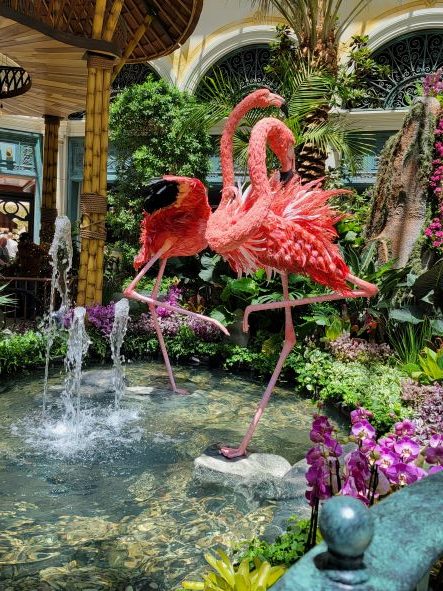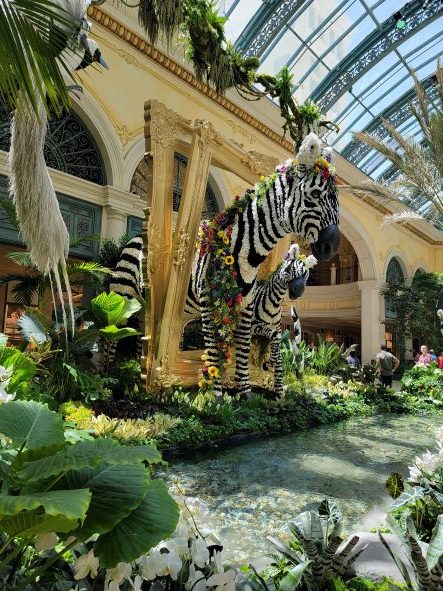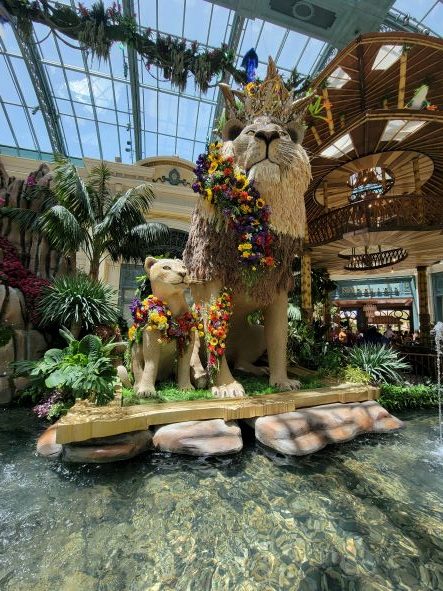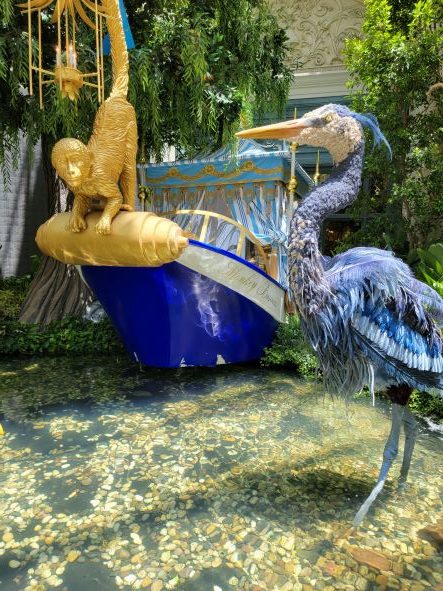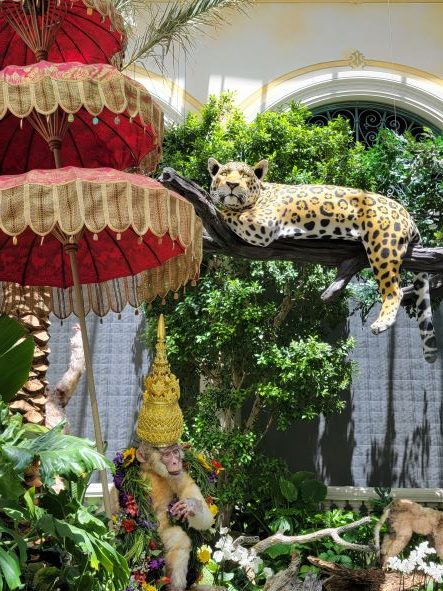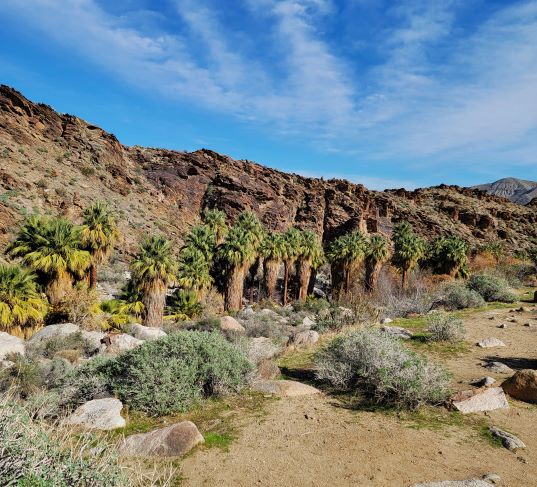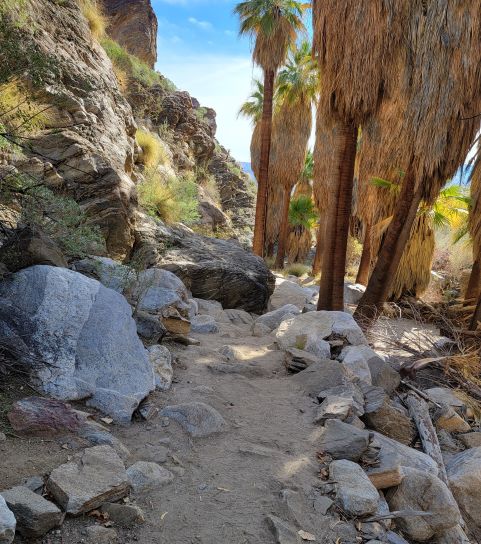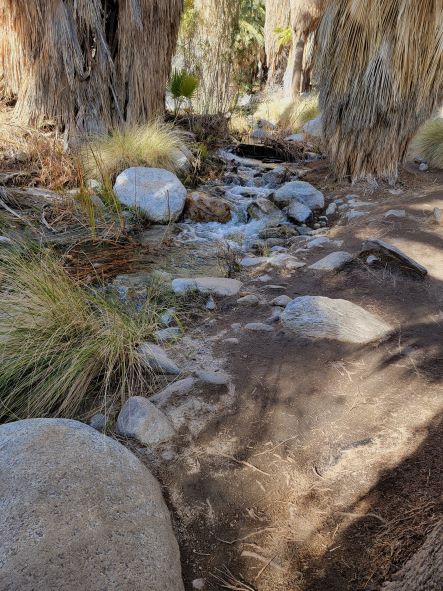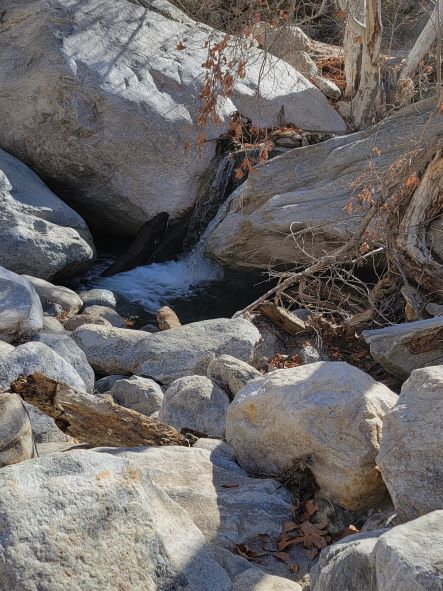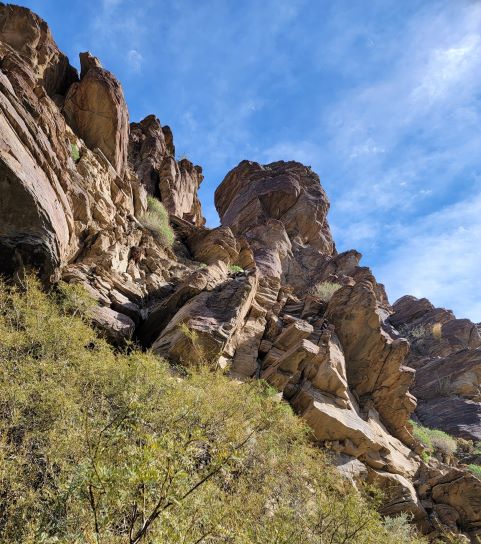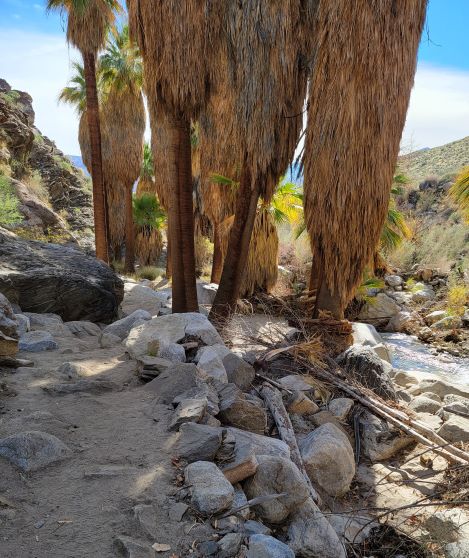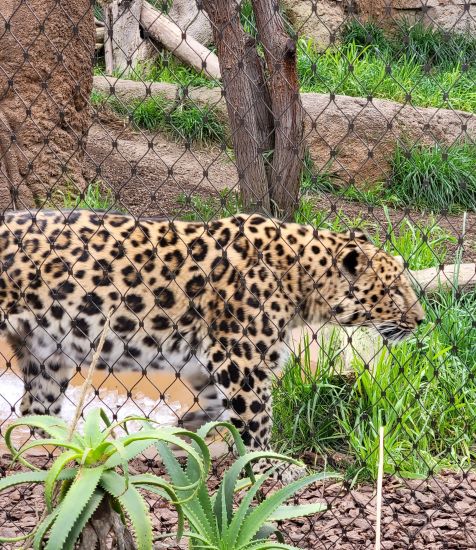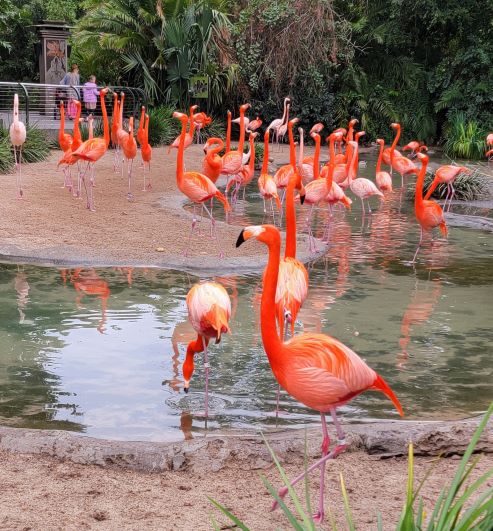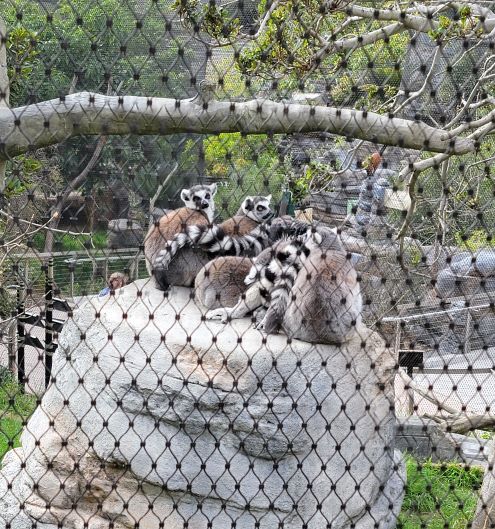Saint Remy Feria…Bulls
Bulls were running in the streets. We were there. This was not Pamplona.
On our way into town, the owner of the apartment we had rented called and told us to arrive before 4:00 in the afternoon as the bulls would be running. Not having a clue what he was talking about, we made sure we arrived early.
Signs all over town advertised the Feria, the popular festival of summer. As we drove through the streets, we noticed huge, heavy metal barricades lining the streets. Were there really going to be bulls running down the streets? If the fences were any indication, there were.
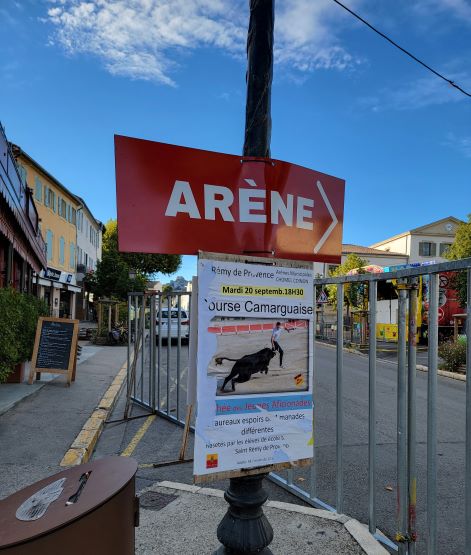
Wondering what this was all about, we asked our host. He explained the festival brings all aspects of games involving bulls…except for killing them. It’s more of a four-day party celebrating harvest. There’s a parade where everyone wears traditional costumes and traditional brass bands go up and down almost every street. There are bull races, running of the bulls, and Camarguais horses. A Portuguese bullfight takes place…but no killing of the bulls.
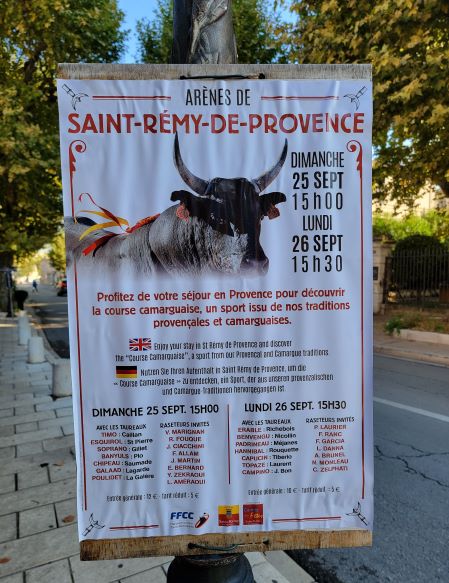
Bulls are driven through the streets by teams of guardians riding gray-white Camarguais horses. The men and women carry long spears on the stocky horses. These horses are descendants of a very old breed with square jaws, long manes, thick necks, and big hoofs. They are famous for their agility and endurance, not necessarily for their beauty.
Each team herds their bulls, galloping at full speed through the streets. The goal is to drive the bulls up a ramp and into a truck. Teams are judged on speed, skill, and presentation.
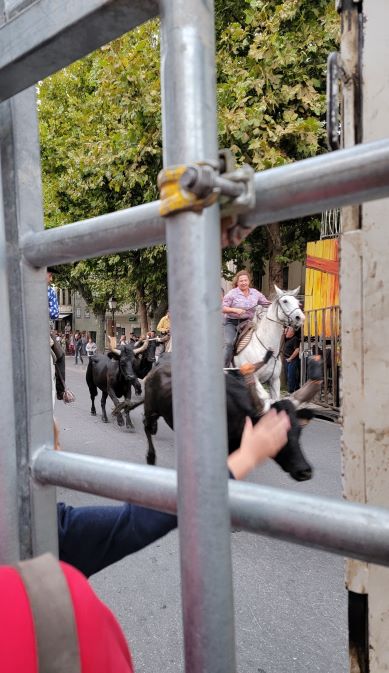
Now we knew why the barricades were high, strong, and thick metal.
Once the riders started herding their bulls down the streets, cheers and clapping became almost deafening. A festival indeed.
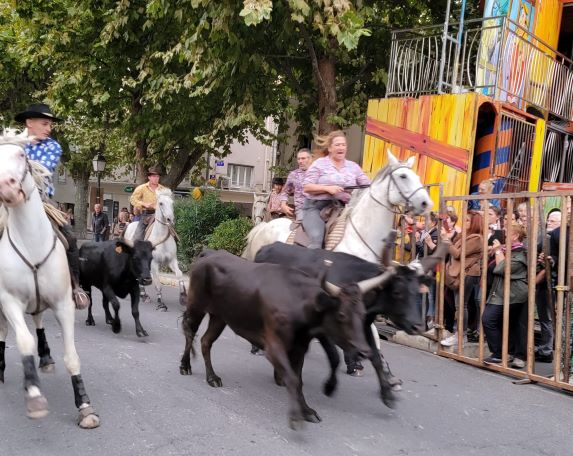
We noticed another piece of this crazy run. Young men, mostly, step through the barricades and try to touch them on their back. Apparently, it’s for luck! Right…
As the festivities wind down, people head to their favorite bar to toast the night’s running of the bulls.
As for the parade…stay tuned.
